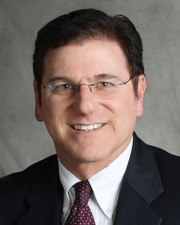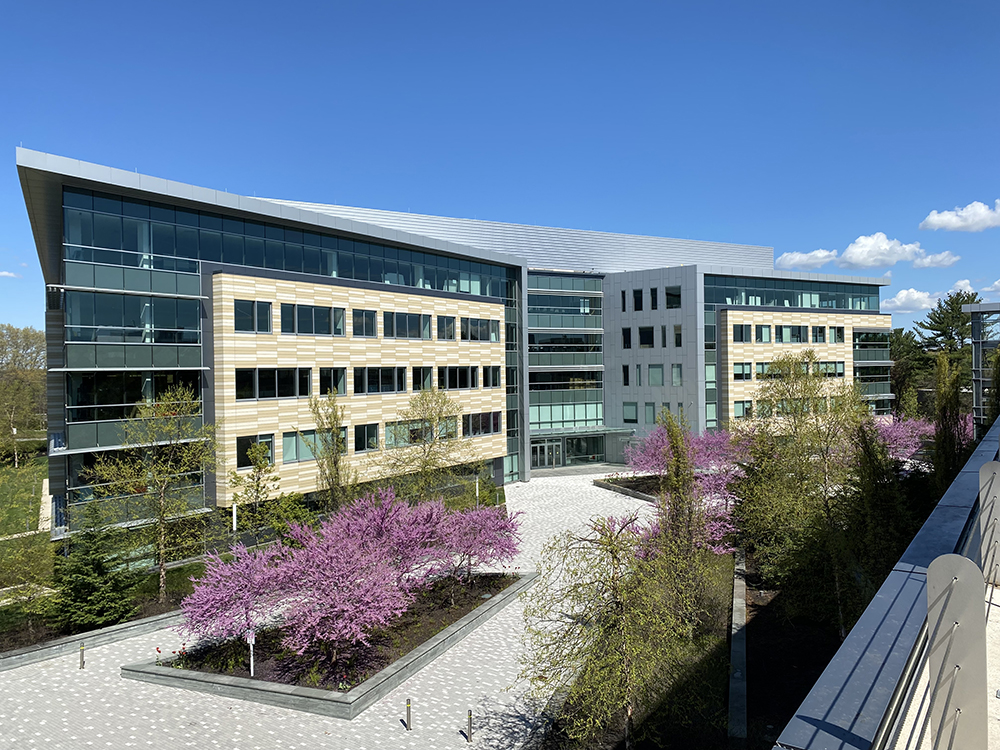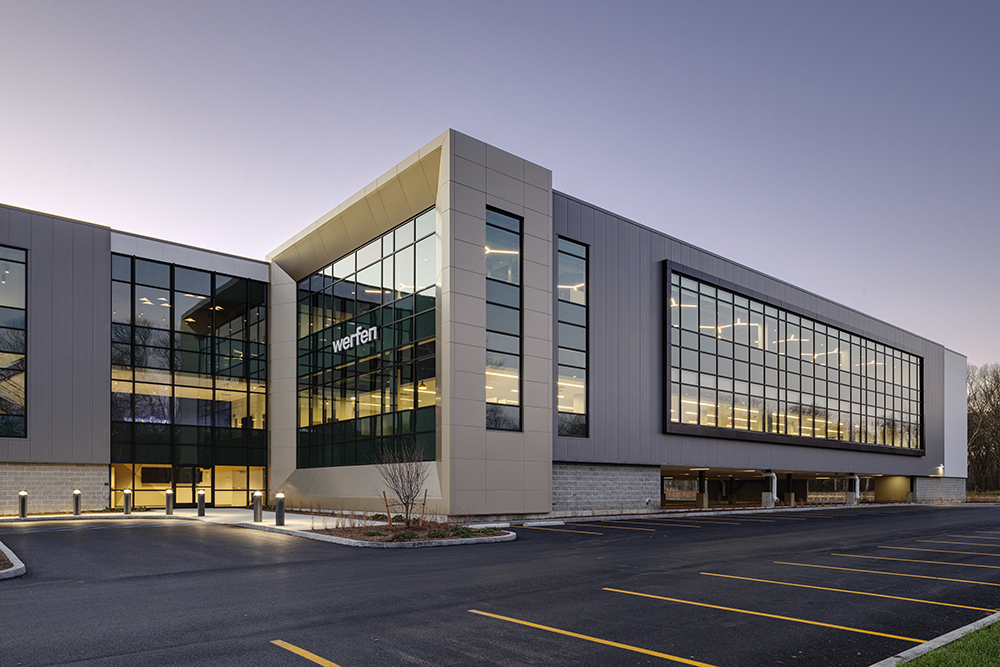How construction and design technology will change in the 2020's - by Jonathan Stone

Traditionally, new technologies catch on relatively slowly in the AEC industry, but that it is beginning to change. As business IT becomes more advanced and streamlined overall, the potential to implement new technologies to create a competitive advantage has increased. Many exciting technologies which emerged last decade will likely be in widespread use by the end of the 2020s. Here are a few to watch.
3D Scanning: With a tripod in the center of the room, this technology scans the full space and creates a highly detailed 3D documentation. This can be used to make precise measurements without having to return to the job site. The challenge has been where to store and process all the data generated by these high-resolution scans. When configured correctly, cloud-based servers can enable partners and subcontractors to access these scans remotely and securely.
Wearable Smart Devices: In the 2010s, Fitbit revolutionized fitness. In the 2020s, wearable internet-of-things (IoT) technology will reshape safety and regulatory compliance in the construction industry. Smart hats, boots, and other wearable tech already exists that can track worker fatigue, instantly notify others if someone has fallen, and provide warnings of moving vehicles nearby. In addition to reducing accidents and making compliance a breeze, these gadgets—and the increased safety that comes with them–can be a differentiator to help with recruiting, a challenge faced by most firms. The main question surrounding IoT on the jobsite has been how it’s networked–should it use a WiFi connection? 4G network from a cellular provider? Bluetooth? As connectivity in the field becomes ubiquitous, these technologies will be increasingly practical.
Remote Virtual Desktop: In recent years, it has become possible for a meeting at a client’s office or in the field to have the same IT environment and technological capability as if it were in your own conference room. The ability to run heavy-duty planning and estimating applications remotely makes these stages of the process move much more efficiently. To pull this off, a firm needs strong IT infrastructure overall for your representatives in the field to tie into. As AEC firms opt for cloud solutions from providers such as Microsoft and VMware, the divide between what’s possible for your team in your office versus elsewhere becomes nonexistent.
More than any specific piece of technology, the shift we’ll see over the next decade is from AEC firms thinking about IT and different applications and devices as fully distinct, to viewing them as part of an interconnected technology environment that is an extension of the business itself. The firms that will thrive this decade are those that make IT an integral part of their business strategy. They don’t have to be an early adopter of any particular tech to be leaders in their field. Rather, they need to stay sufficiently up-to-date so that they can clearly see when new technologies will benefit their bottom line, and they need to have strong infrastructure in place to add new capabilities when the time is right.
Jonathan Stone is CTO of Kelser Corp., Glastonbury, CT.
Newmark negotiates sale of 10 Liberty Sq. and 12 Post Office Sq.


Make PR pop by highlighting unique angles - by Stanley Hurwitz

Four tips for a smooth 1031 Exchange - by Bill Lopriore

How COVID-19 has impacted office leasing - by Noble Allen and John Sokul








